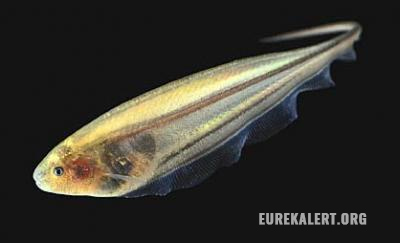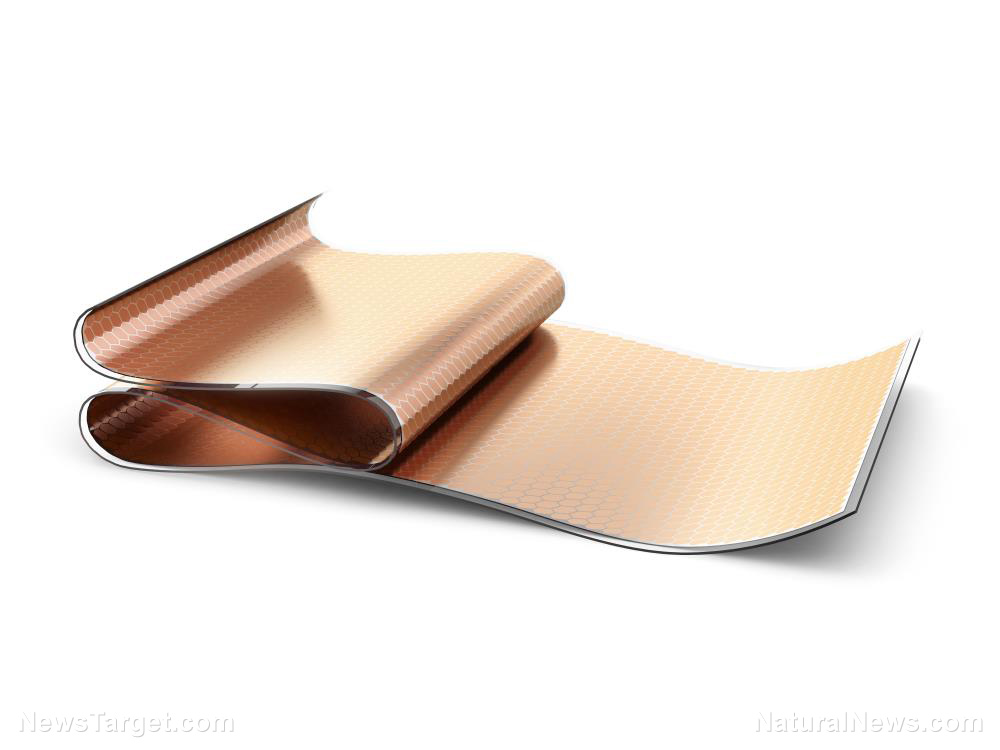New approach could make invisibility cloaking a very real idea
09/04/2018 / By Edsel Cook

Researchers have found a new way to make something truly invisible to sight. An article in Science Daily describes a new technology that changes the color of light waves as they go through an object, preventing it from giving off reflections or distortions that would reveal the cloaked object.
Its developers claim that their approach is not restricted to making invisibility cloaks a reality. It can also protect data that is being sent over fiber optic lines and improve sensors, telecommunications systems, and data processors.
Previous cloaking devices are able to affect one color or frequency of light. The problem is that most sources of light – such as sunlight – are broadband and composed of many different colors. When light of a different frequency strikes the cloaked object, it is revealed.
A research team from the National Institute of Scientific Research (INRS) developed a spectral invisibility cloak that can work on multiple frequencies of light. The device can transfer energy from certain colors to others.
Once the light wave has passed through the cloaked object, the device undoes its changes, returning the light to its original form without revealing the presence of the object. (Related: Silk hybrid material can attack bacteria when illuminated by a green light.)
Changing the colors of light to hide an object from sight
What the eyes see while looking at an object is its reflection, the interaction between that object and light. Most invisibility cloaks prevent this either by changing the path of the light so that it goes around the object or altering its speed while it propagates through an object.
However, as mentioned before, light has multiple colors. These frequencies follow different routes while going through the cloaking device, meaning their travel time also changes. This change to the temporal profile of the light wave causes distortions that can reveal the presence of the cloaked object.
INRS researcher Luis Romero Cortés explained that his team’s answer is to allow the light wave to go through the object while preventing any interaction. To do this, their spectral invisibility cloak changes the colors of broadband light to different frequencies that will not be reflected by the object.
A green object will reflect green light but not blue light. The cloaking device, therefore, can turn green light into blue light to cloak a green object.
The spectral invisibility cloak has two components. A dispersive optical fiber changes the propagation speeds of the various colors of a broadband light wave. It is supported by a temporal phase modular that changes the color of light.
The INRS researchers tested their approach by putting an optical filter between two cloaking devices and then directing brief bursts of laser light at it. They reported that the device was able to change the light frequencies that the optical filter would have absorbed. It also undid those changes so that the laser looked like it went through a non-absorbing medium.
Securing and improving telecommunications with cloaking tech
Further refinement of the technology is required before one can do a Predator impression. However, there are other uses that could beat the cloaking device into production.
Spectral cloaking could improve the security of telecommunications systems. By changing the color of the light waves that are used to send data over a fiber optic network, it will stop hackers from easily reading the data.
The same color changing technique could also allow more data to be sent over a given link, thus reducing the negative effects of heavy data traffic. It could also reorganize the energy spectrum of a signal so that it is more resistant to dispersion and disruption.
Check out FutureScienceNews.com for more articles on nifty new technologies like cloaking devices.
Sources include:
Tagged Under: breakthroughs, cloaking, cloaking technology, cool tech, future tech, future technology, Invisibility, light, light waves, military technology, physics, scientific, telecommunications, weird science




















